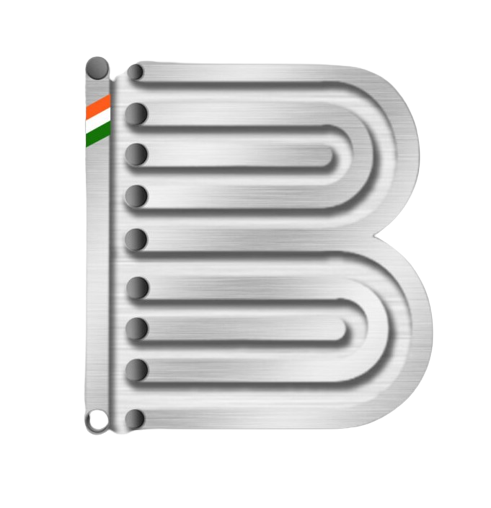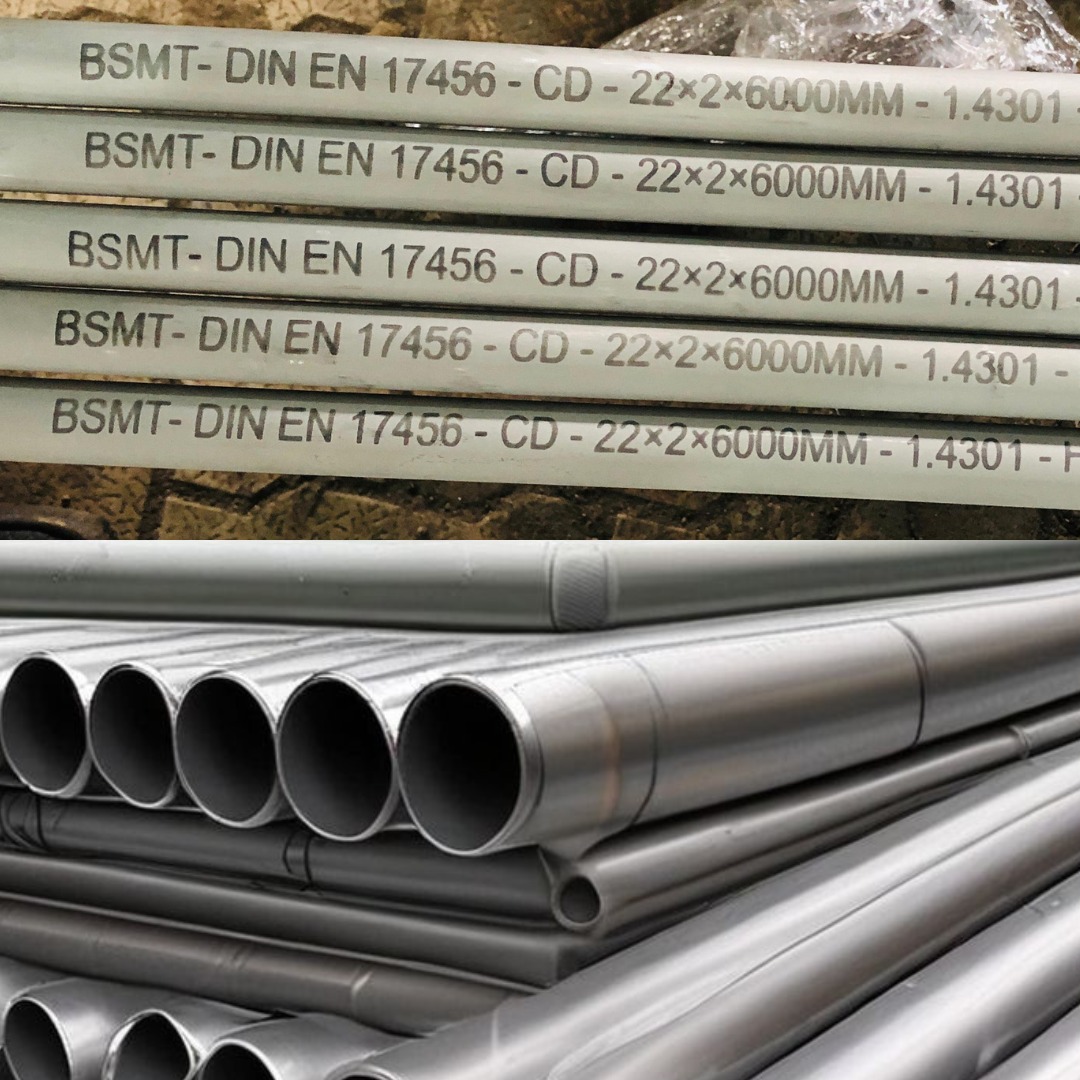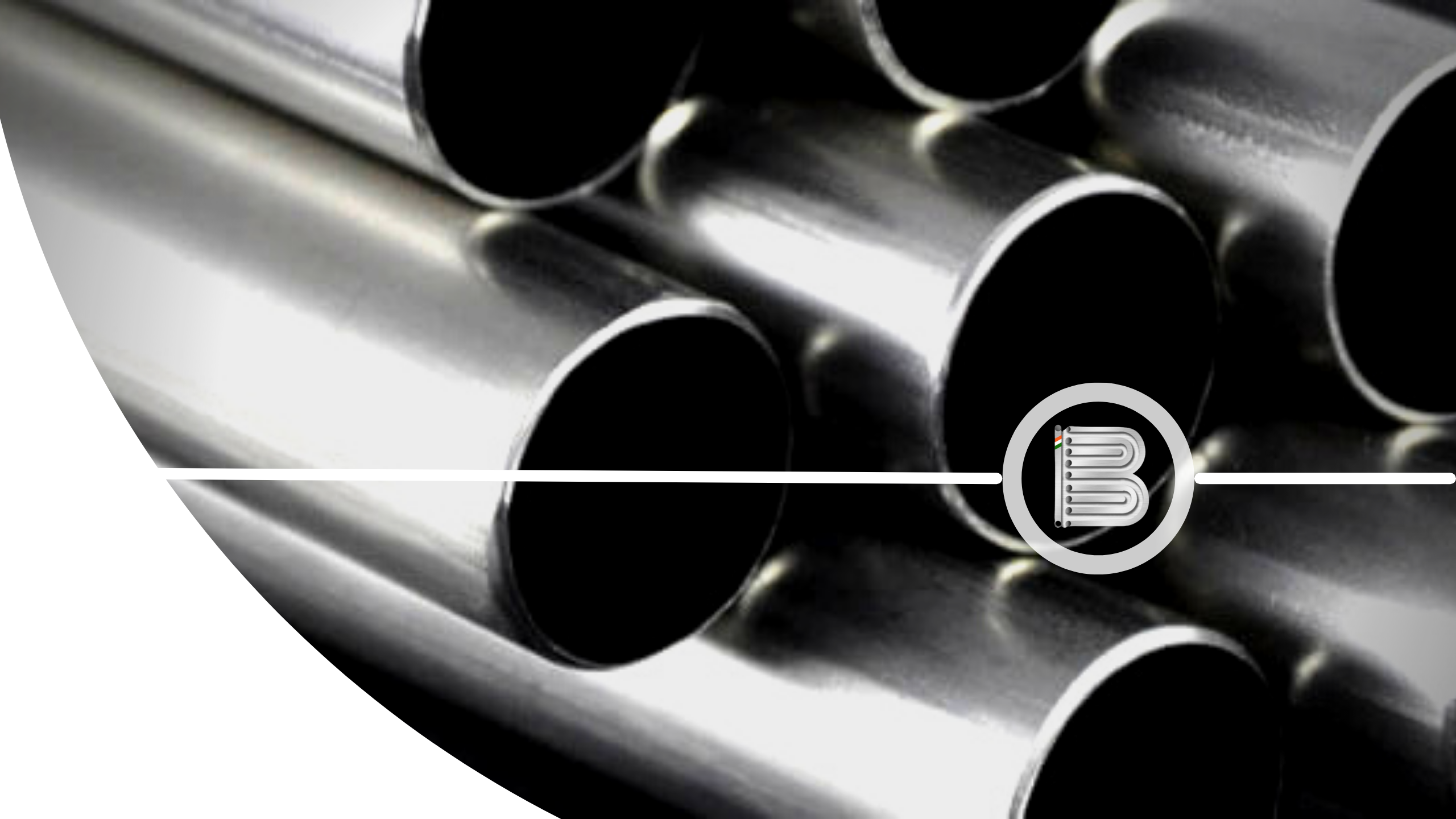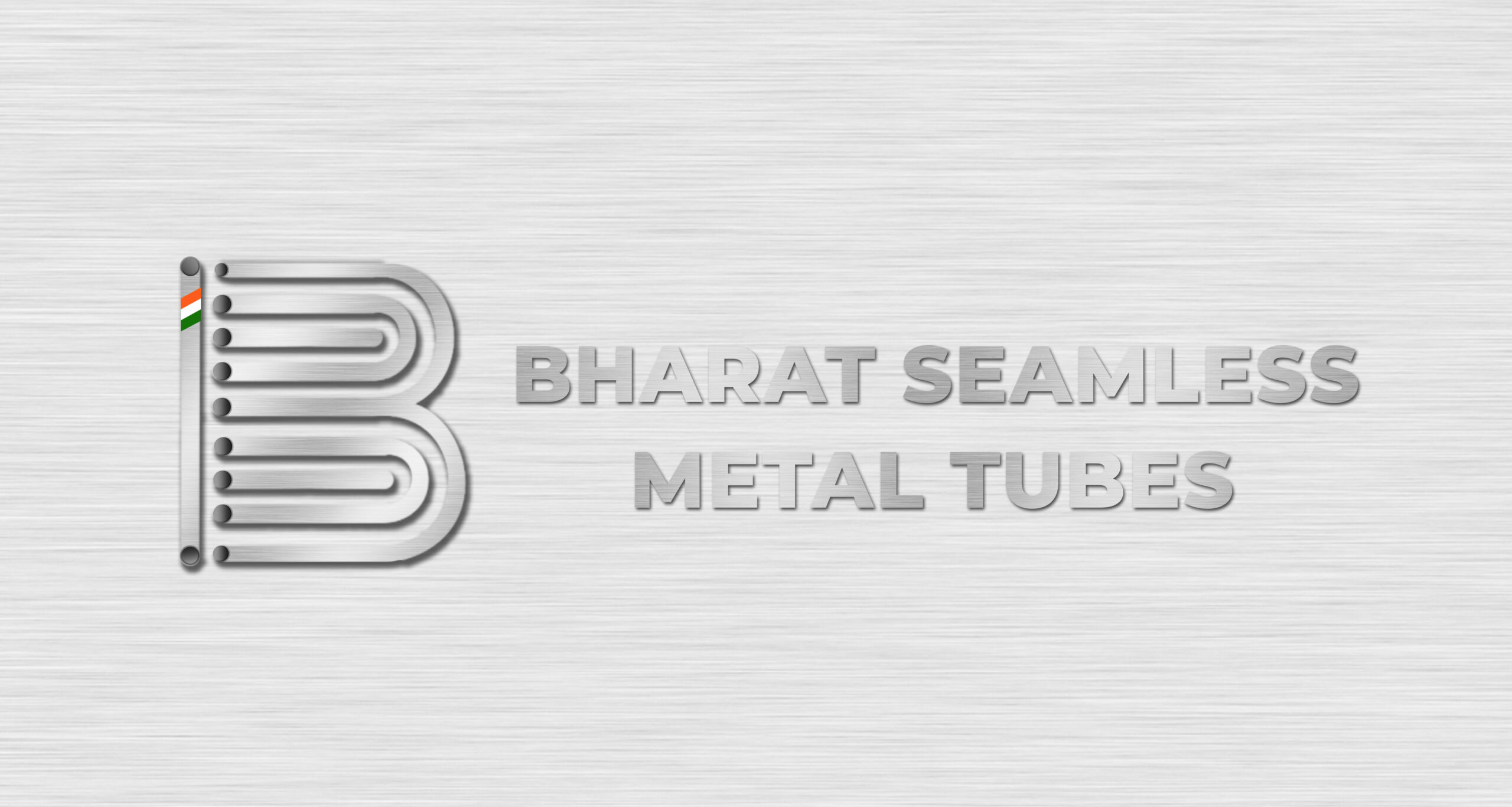Stainless steel pipes are applied extensively in most industries, such as construction, manufacturing, chemical processing, and others. The selection of a suitable stainless steel pipe is very important to maintain durability, efficiency, and cost-effectiveness. The following are the top five factors to take into consideration prior to making a purchase:
1. Grade of Stainless Steel
Stainless steel pipes come in different grades, each designed for specific applications. The most common grades include:
- 304 & 304L – Ideal for general applications, corrosion-resistant, and used in food processing and household items.
- 316 & 316L – Offers higher corrosion resistance, perfect for marine and chemical environments.
- 321 & 347 – Suitable for high-temperature applications, resistant to oxidation.
- 904L – A premium grade with excellent corrosion resistance, used in harsh chemical industries. Choosing the right grade ensures longevity and optimal performance in the intended application.
2. Pipe Size and Thickness
The size of the stainless steel pipe, such as its outer diameter (OD), inner diameter (ID), and wall thickness, affects how it performs. Standard sizes adhere to industry standards like ASTM and ANSI specifications. Choosing the right thickness makes it possible for the pipe to withstand pressure needs and mechanical stress effectively.
3. Corrosion Resistance
One of the main benefits of stainless steel is that it does not corrode. But there is a difference in the degree of corrosion resistance based on the grade and exposure to the environment. For instance, marine environments are better handled using 316 stainless steel because it has higher resistance to seawater compared to 304 stainless steel for general-purpose use. Choose the appropriate corrosion-resistant material based on the operating environment.
4. Manufacturing Standards and Certifications
When purchasing stainless steel pipes, ensure they comply with industry standards and certifications such as:
- ASTM (American Society for Testing and Materials)
- ASME (American Society of Mechanical Engineers)
- ISO (International Organization for Standardization)
- EN (European Standards) These certifications guarantee quality, strength, and performance, reducing the risk of failures and ensuring compliance with industry regulations.
5. Cost and Supplier Reliability
While cost is crucial, only concentrating on price can result in cuts on quality. Select a trustworthy supplier who offers superior-quality stainless steel pipes, conforms to industry norms, and has very good customer service. Also, pay attention to other aspects like delivery time, customization, and after-sales service.
Conclusion
Purchasing stainless steel pipes requires careful consideration of grade, size, corrosion resistance, certifications, and supplier credibility. By keeping these factors in mind, you can make an informed decision that ensures long-term durability, cost-effectiveness, and efficiency for your project.
If you’re looking for high-quality stainless steel pipes, Bharat Seamless Metal & Tubes offers a wide range of options tailored to meet industrial standards. Contact us today for expert guidance and the best products on the market!
BSMT’s Stainless Steel Seamless Pipes are used in a variety of applications all over the world. We have regular Seamless Pipe demand from clients in India and we manufacture Stainless Steel Seamless Pipes in accordance with ISO 9001:2000 and ASTM standards to ensure the production of high-quality Stainless Steel pipes. We export Stainless Steel Seamless Pipes to other 26+ countries and states like Maharashtra, Gujarat etc. If you need a specific size, thickness, or coating in Stainless Steel Seamless Pipe,Call us at +91 9920620209 or E-mail: bsmtindia1@gmail.com, and our sales experts will help you with the exact sizes available in stock and confirm the delivery schedule of the same.




